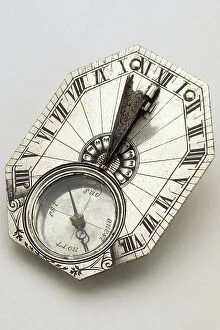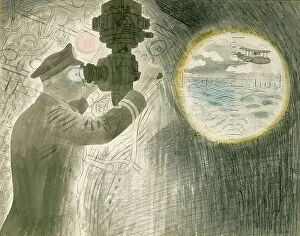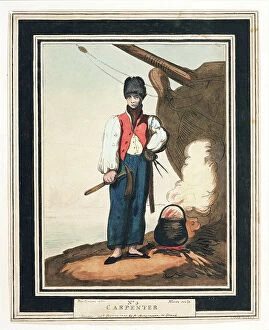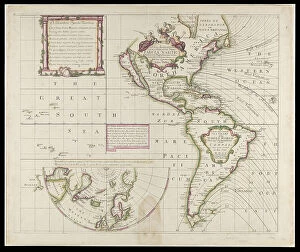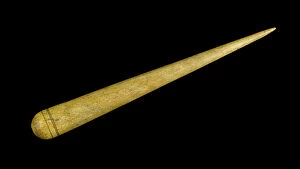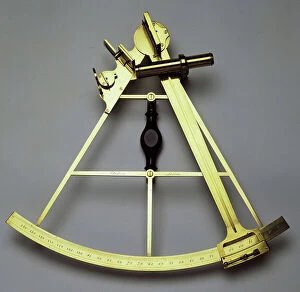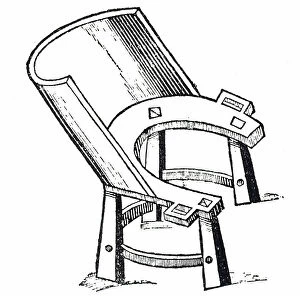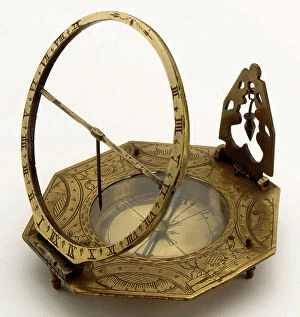Tool Collection (page 13)
"Tools: Unveiling the Artistry of Craftsmanship Through Time" From shoeing horses in 1844 to coopers meticulously crafting wooden barrels
All Professionally Made to Order for Quick Shipping
"Tools: Unveiling the Artistry of Craftsmanship Through Time" From shoeing horses in 1844 to coopers meticulously crafting wooden barrels, tools have played an integral role in shaping our world. In Edwin Henry Landseer's masterpiece from 1938, we witness the dedication and skill of these craftsmen. Blacksmiths, with their trusty tools from 1875, forge iron into magnificent creations that withstand the test of time. Meanwhile, miners toil away at the coalface in South Wales, relying on their specialized tools for a hard day's work. In Norfolk a98_13558, we catch a glimpse of a blacksmith expertly wielding his hammer outside his fiery forge. The Welsh women road builders demonstrate their strength and determination as they construct pathways through South Wales using simple yet effective tools. But it is not just practicality that defines these tools; artistry can be found even in unexpected places. A set of glass eyeballs reminds us of the intricate craftsmanship required to create prosthetics that restore sight and confidence. Leon-Maxime Faivre's "Deux meres (Two Mothers)" transports us to 1888 when mothers relied on various tools to care for their children - nurturing love being one such tool essential for raising future generations. Traveling back further in time, we encounter medieval goldsmiths diligently working on exquisite pieces that adorn royalty and nobility alike. Gold Lunulae and Axehead discovered in St Merryn, Cornwall provide evidence of early Bronze Age craftsmanship at its finest. Lastly, Aleksandr Gerasimov's portrayal captures Lenin during the tumultuous period around 1930-1939 when political ideologies were reshaping nations. Here too lies another kind - ideas wielded by influential figures who shape history itself. Through these glimpses into different eras and tradesmen at work with their respective tools, we come to appreciate how these humble objects have shaped our past and continue to shape our present.


